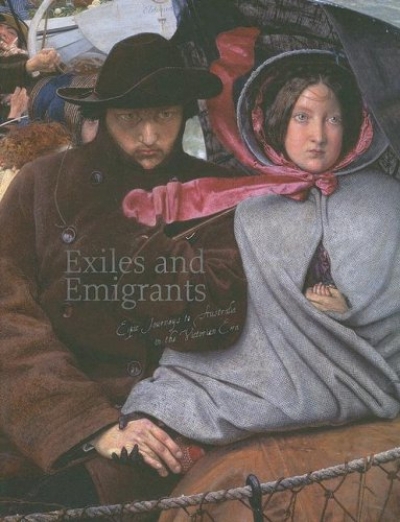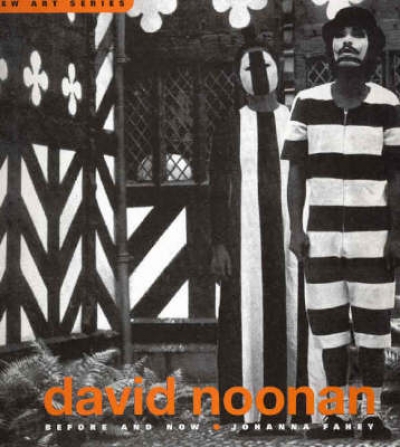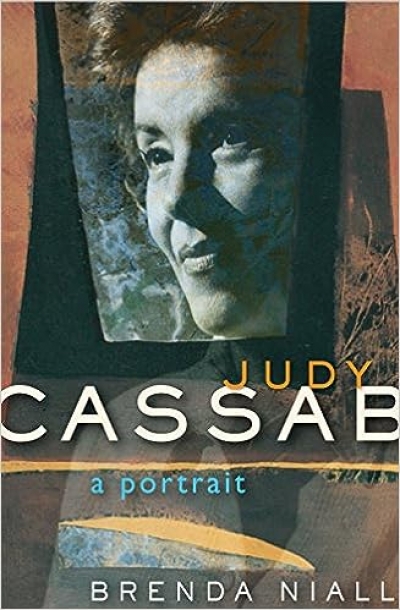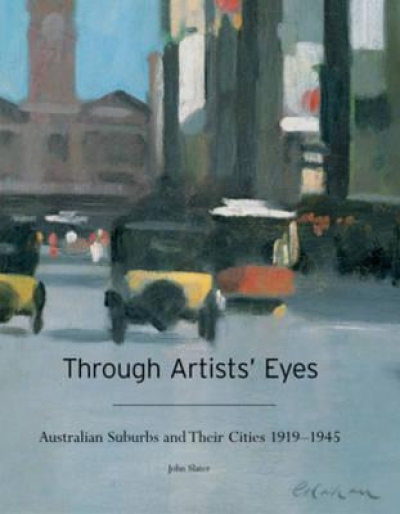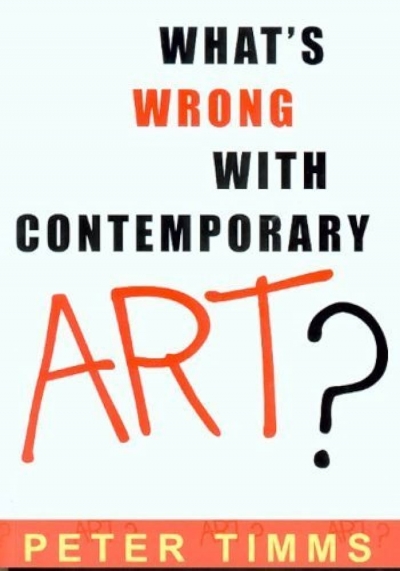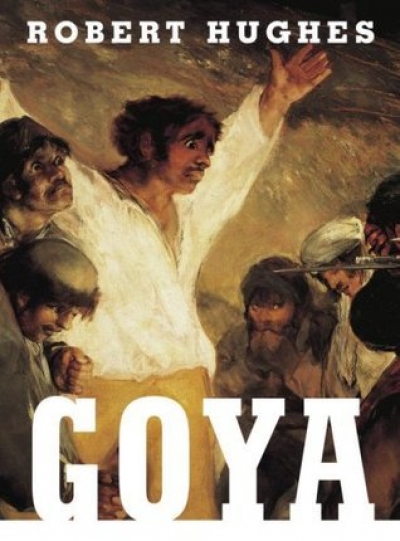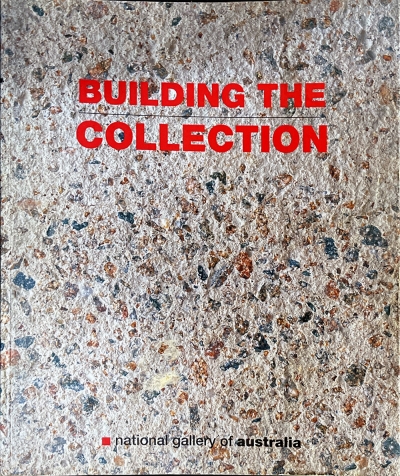Art
Exiles and Emigrants: Epic journeys to Australia in the Victorian era by Patricia Tryon Macdonald
There is no doubt that the state of writing about contemporary Australian art would be in dire straits without the support of Craftsman House. In the past two decades, this small Sydney-based publisher has plugged significant gaps in the field with some of its most influential texts: Vivien Johnson’s ground-breaking work on Australia’s Western Desert painters (1994); Charles Green’s thorough mapping of Australian art since 1970 (Peripheral Vision, 1995); and one of the first, and still most concise, English-language surveys of Soviet and early post-Soviet art, immediately spring to mind. This is not to say that all of these initiatives were limited to the thrall of academia. In collaboration with the magazine Art and Australia, Craftsman House produced a series of monographs on emerging and mid-career Australian artists at a time when their CVs generally hinged on catalogue essays or the occasional review. The effect was complementary: alongside the advocacy of artists such as Janet Laurence, H.J. Wedge and Hossein Valamanesh came the franking of a new wave of important local critics: not just Green and Johnson, but Chris McAuliffe, Paul Carter, Benjamin Genocchio and Ashley Crawford as well.
... (read more)Through Artists’ Eyes: Australian Suburbs and their Cities, 1919-1945 by John Slater
Occasionally, we bring you thematic issues. The April issue is a good example, the first half being devoted to art and art history. This seemed timely, because of the abundance of major publishing in this area and the energy and controversy generated by current debates about the genre.
... (read more)'The National Gallery of Victoria – A New Partnership with ABR' by Dr Isobel Crombie
This issue marks the start of a new feature for ABR, with covers reproducing some of the finest Australian photographs held by The National Gallery of Victoria (NGV). ABR is a journal that critically engages with a broad range of creativity, so it seems fitting that it should also highlight photography, a medium that is not only one of the leading art forms of the modern era but also an area in which Australian artists consistently excel.
... (read more)
